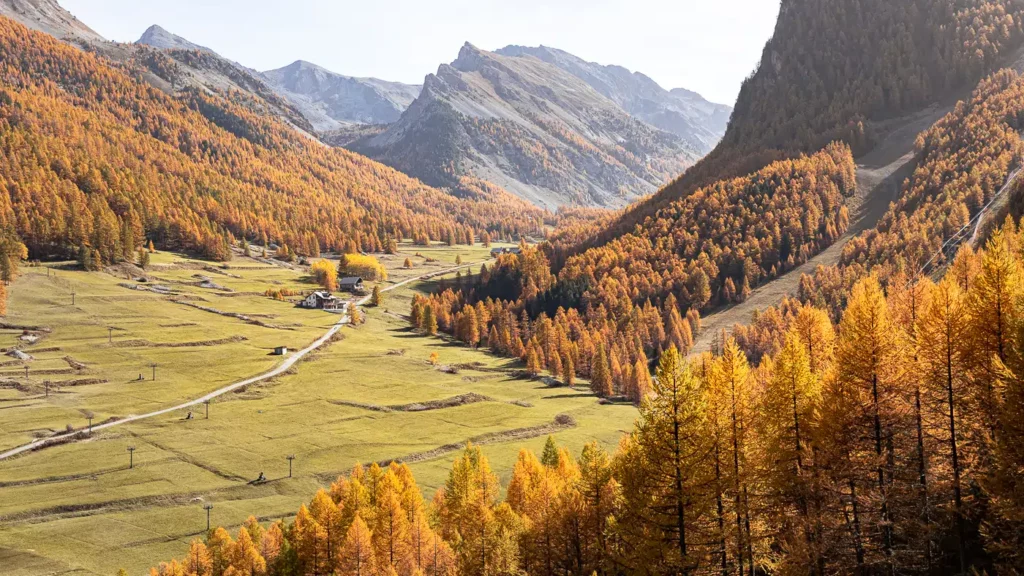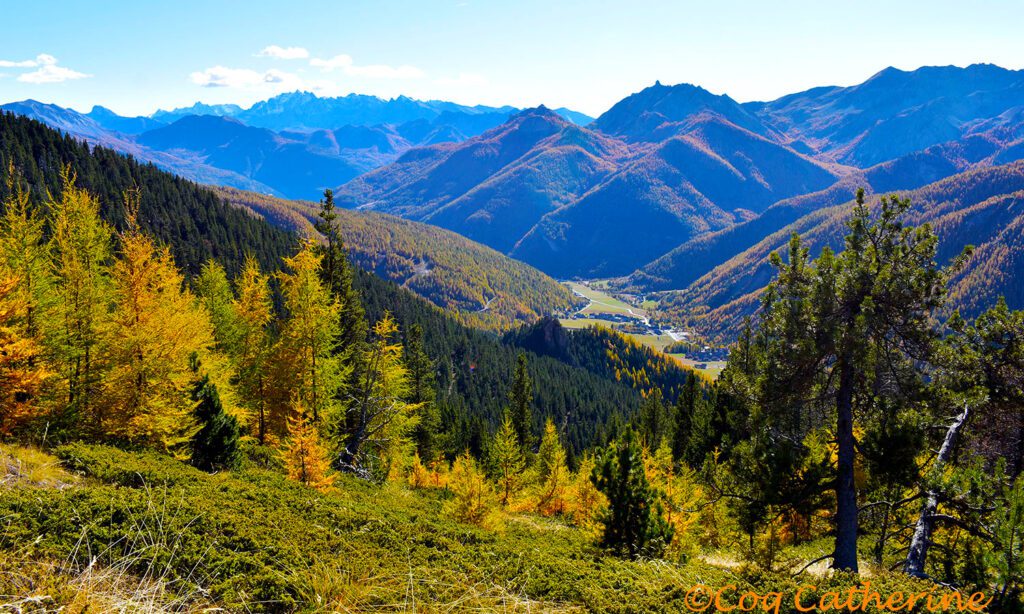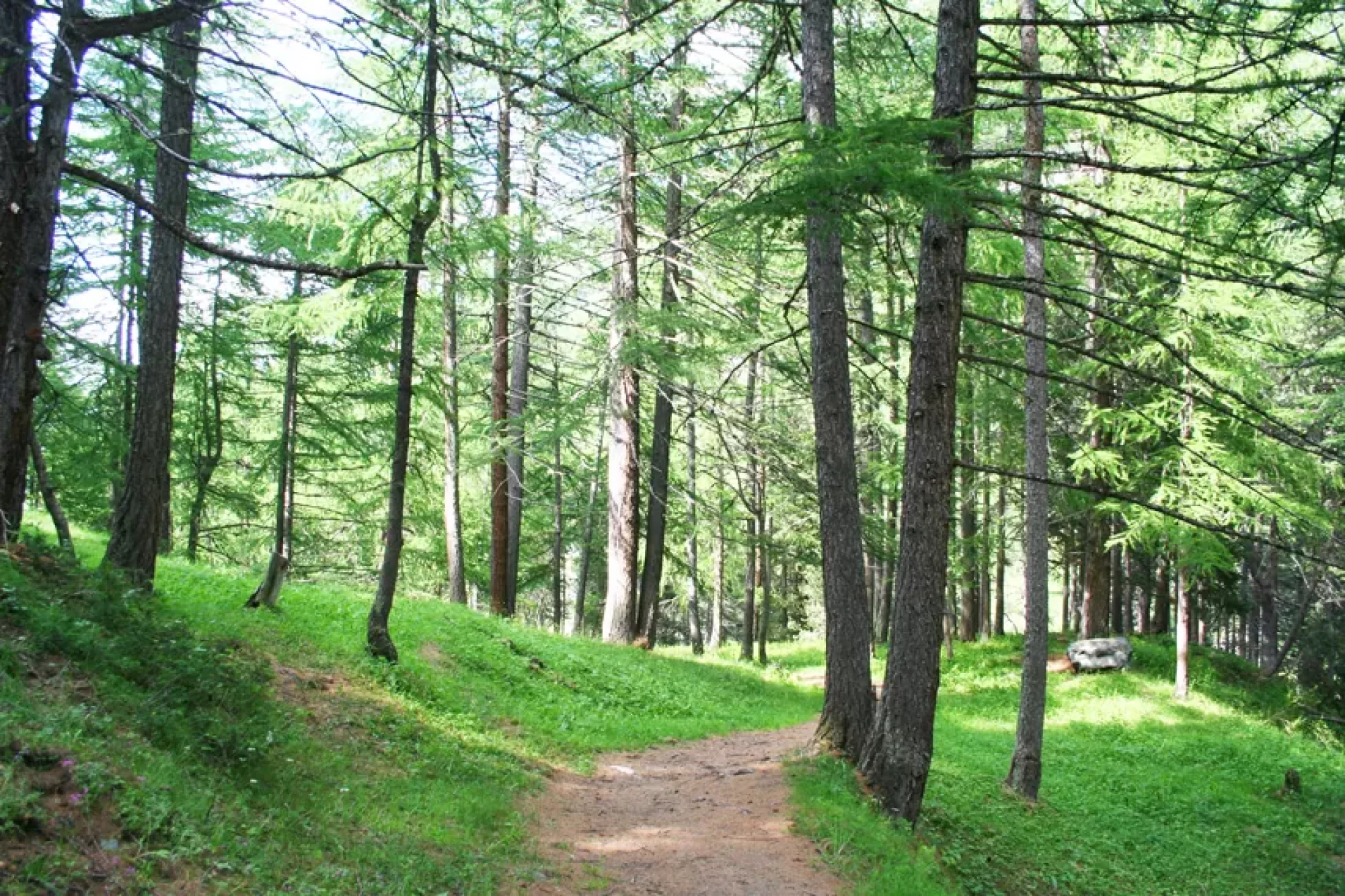Nestled in the Hautes-Alpes, the Queyras valley is a natural jewel where biodiversity reigns supreme. This region, protected by the Parc Naturel Régional du Queyras, is a welcoming land for a wide variety of animal and plant species. Among its rugged mountains, alpine meadows, and deep forests, the Queyras offers a haven of peace for many rare and protected species.
The fauna of the Queyras is both rich and diverse. Among the emblematic species, the Alpine ibex is often observed on the heights, moving with agility on the rocky ridges. The chamois, on the other hand, wanders the grassy slopes, while the bearded vulture, a majestic vulture, soars the skies in search of carrion. The luckiest hikers may also spot the marmot, an icon of the region, hibernating during the winter after stockpiling food throughout the summer.

An Exceptional Fauna
The forests and wetlands of the Queyras also host a great diversity of birds such as the black grouse. It is recognizable by its song during the mating display. The more discreet pygmy owl finds refuge in old trees. The rivers, on the other hand, are inhabited by brown trout, prized by local fishermen.
A Varied and Endemic Alpine Flora
The Queyras is also a true paradise for botany enthusiasts. Thanks to its geographic location and particular climate, the valley is home to a unique flora. The alpine meadows are covered in colorful flowers in the spring, such as edelweiss, gentian, and martagon lily. The larches dominate the forested landscapes with their tender green foliage that turns yellow in the autumn. Creating natural scenes of striking beauty.
Le Pin Cembro: The King Tree of the Alps
In the heart of the forests of Queyras, a tree particularly stands out. The Swiss Pine, also known as the Alpine pine. This hardy tree grows at high altitudes, between 1,500 and 2,500 meters, and can live up to 1,000 years. Thanks to its ability to withstand the harshest climatic conditions. The Swiss Pine plays an essential role in the mountain ecosystem. It stabilizes soils, protects against erosion, and provides a refuge for many species of birds and insects.

its cones contain seeds, called "pine nuts," which are highly appreciated by local wildlife, especially the spotted nutcracker, a bird that disperses the seeds, thereby contributing to the regeneration of forests. In addition to its ecological role, the Swiss Pine is also prized for its wood, used in the manufacture of traditional furniture for its anti-inflammatory properties and soothing scent.
A Fragile Balance to Preserve
The richness of the Queyras fauna and flora is the result of a fragile balance, threatened by human activities and climate change. While the valley remains preserved compared to other alpine regions, vigilance is required to ensure the sustainability of this exceptional biodiversity. Sustainable resource management, respect for protected areas, and the involvement of the locals are essential to continue protecting this natural treasure for future generations.
In summary, the Queyras valley is a natural sanctuary where remarkable species, both animal and plant, coexist. The Swiss Pine, with its longevity and central role in the mountain ecosystem, perfectly symbolizes this resilient and precious nature.
Stay in the Heart of the Queyras at the Villa Belle Fleur
To fully enjoy the beauty and tranquility of Queyras, the Villa Belle Fleur welcomes you to Château Ville Vieille, in the heart of the valley. Offering luxury accommodations with breathtaking views of the surrounding nature, Villa Belle Fleur is the ideal place to rejuvenate and explore the wonders of the region. Book your stay now and dive into the authenticity of the Queyras, where nature and comfort meet.
Find the report from 09/26/2024 on channel TF1 on:
https://www.tf1.fr/tf1/jt-20h/videos/pin-cembro-le-roi-des-forets-81458984.html

